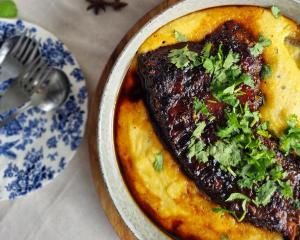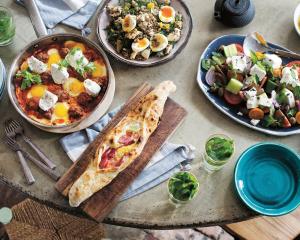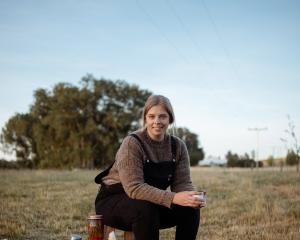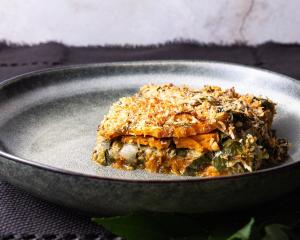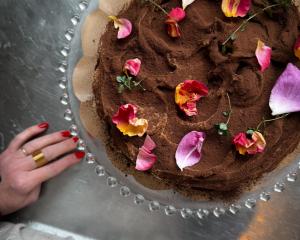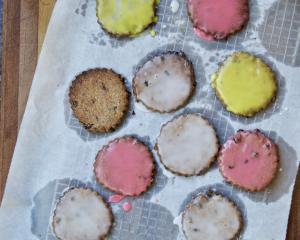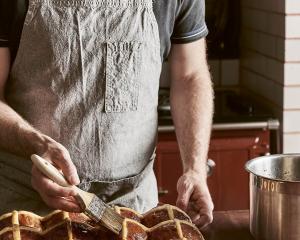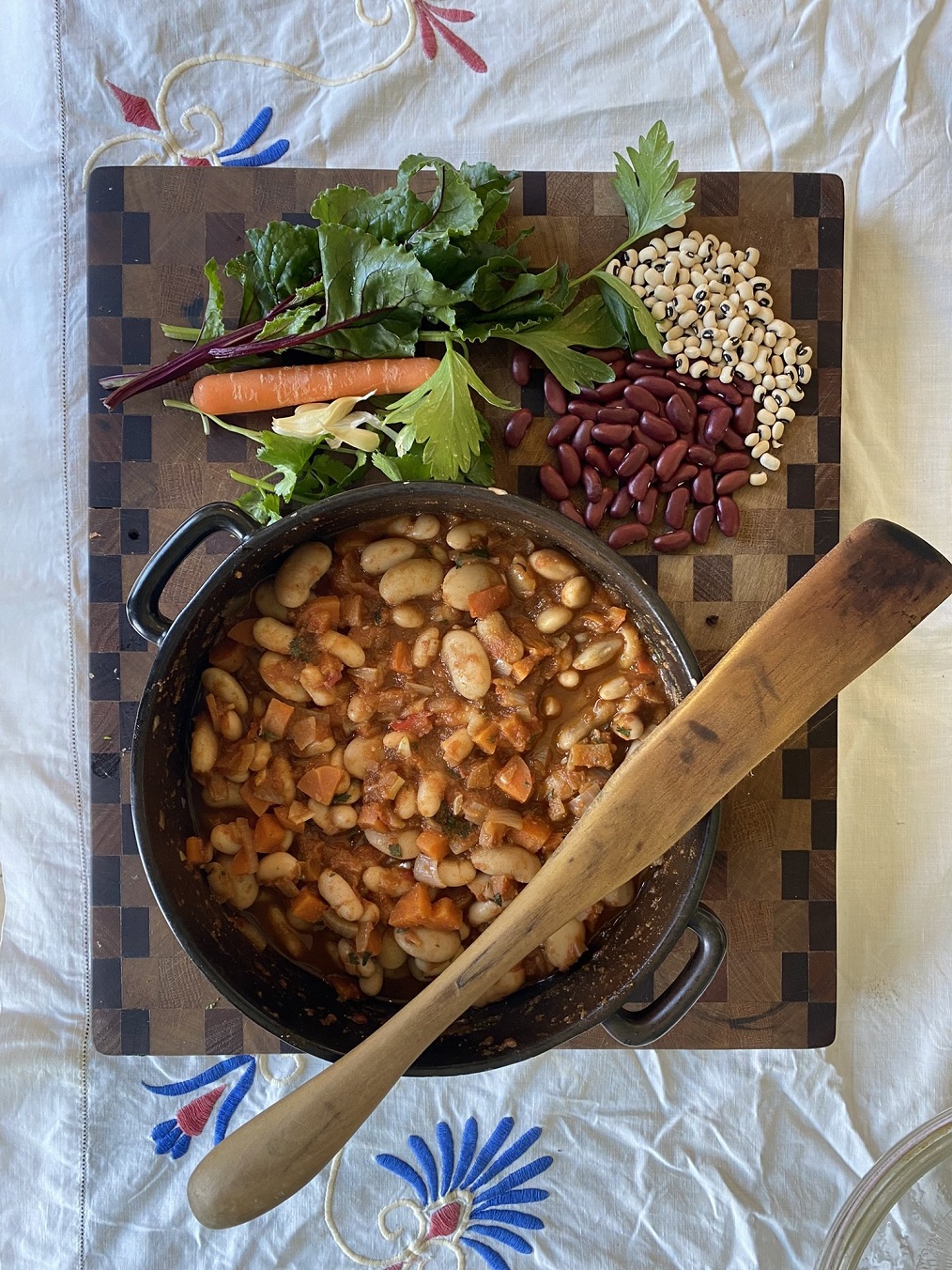
People have very individual ideas on how best to live and eat for maximal good health, but one thing is true for all of us: our state of good health comes from our being connected with both nature and each other.
All the aspects of our lives form a web that in its wholeness is essential for both our own health and that of the planet.
Blue Zones research (www.bluezones.com/research) investigated factors contributing to longevity that are unique in very different geographic areas around the globe — the Italian island of Sardinia, the Greek Island Ikaria, Okinawa in Japan and the Nicoya peninsula in Costa Rica.
These factors are:
• a community way of life where people share resources and help one another;
• a positive attitude and general contentment;
• a traditional diet unique to each place that had been preserved from generations past;
• physical fitness as a result of growing food as their ancestors did: foraging, fishing and hunting.
These communities’ traditional lifestyle has enabled them to live connected to and in harmony with nature and each other.
Connectivity is the key to their longevity.
Perhaps the take-away message here is that we can improve our lives today by learning from these ancient communities, by sharing resources, switching to a circular/local economy and learning to garden and cook at home.
If we can learn to connect to food through cultural celebrations with traditional indigenous dishes, by harvesting our food, all these aspects of traditional living will help to bring back a sense of purpose in our lives.
Not only will our communities heal, but the land as well.
The research of the Blue Zones illustrates that a simple plant-centred diet of whole grains, garden vegetables and fruit complemented by meat and fish is ideal for health. In all traditions, whole grains are commonly paired with the local bean or legume.
These staple everyday dishes are simple, they usually are soups and bean stews, always with plenty of local seasonal vegetables, leafy green vegetables, fresh herbs and spices and a whole grain. Food is used as medicine too, using seasonal herbs and plant medicine knowledge that is passed on within the family.
In the quest for optimal health you only need to learn one or two favourite recipes that will become a staple in your home kitchen and help make that commitment to healthy simple home-cooked food. Simplicity is key.
Happy eating!
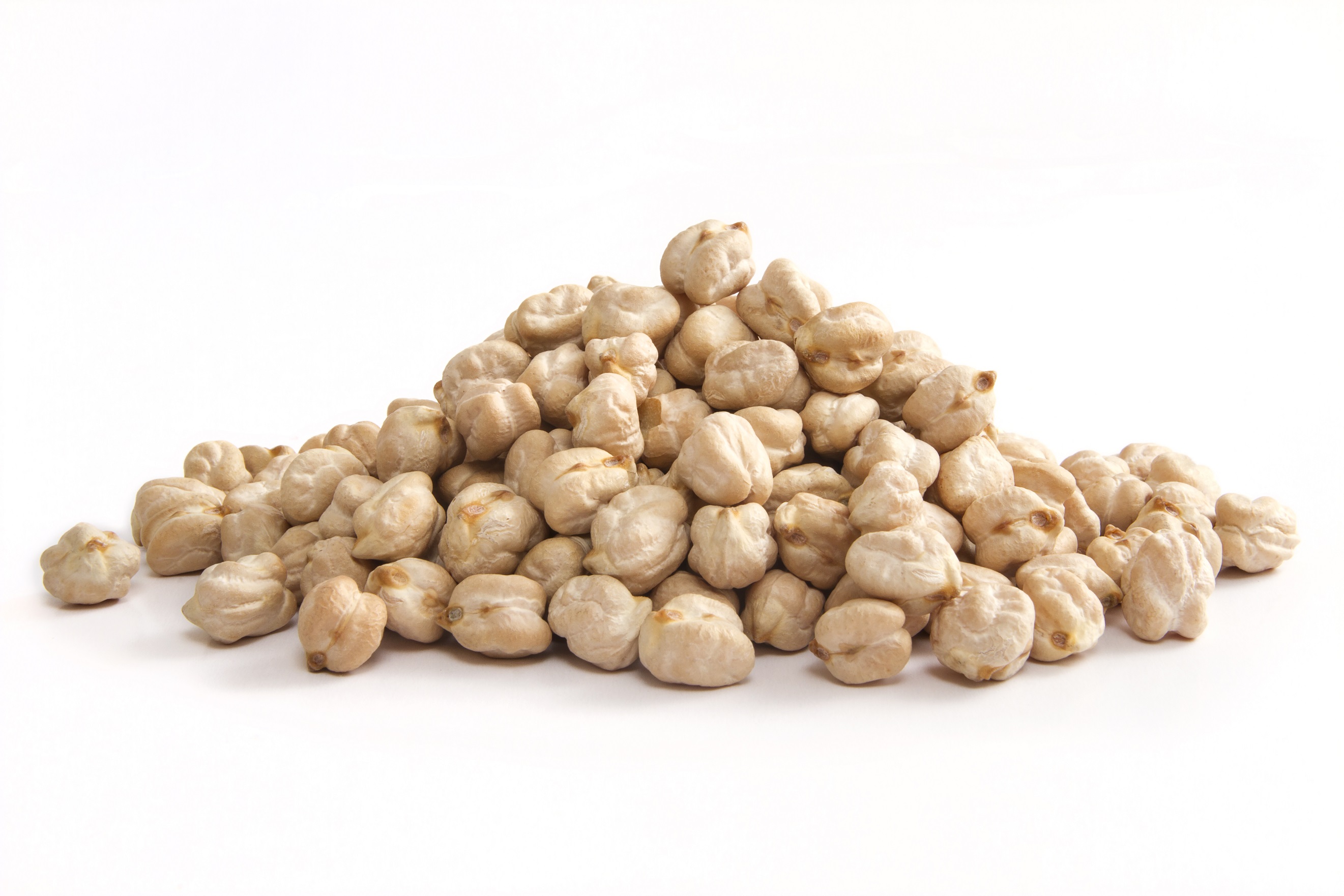 Sardinia minestrone-inspired bean stew
Sardinia minestrone-inspired bean stew

Ingredients
½ cup dried, peeled fava beans (dried broad beans) soaked overnight and cooked (or fresh from the garden)
½ cup dried cranberry beans or pinto beans soaked overnight and cooked
⅓ cup dried chickpeas soaked overnight and cooked
7 Tbsp extra-virgin olive oil
1 medium onion, chopped
2 medium carrots, peeled and chopped
2 medium celery stalks, chopped
4 cloves garlic chopped
1 can chopped tomatoes
1 ½ cups chopped fennel (optional)
¼ cup loosely packed fresh Italian parsley leaves, chopped
2 Tbsp chopped fresh basil leaves
½ tsp salt
½ tsp freshly ground black pepper
Fresh coriander for garnish
Method
Soak the fava (dried broad beans), cranberry or pinto beans, and chickpeas in a large bowl of water for at least 8 hours or up to 16 hours (that is, overnight). Drain in a colander set in the sink. Rinse well.
Warm 3 tablespoons of the olive oil in a large soup pot or Dutch oven set over medium-high heat. Add the onion, carrots, and celery; cook, stirring often, until soft but not browned, about 5 minutes, add the garlic and cook until fragrant, about 20 seconds.
Stir in the tomatoes, fennel, parsley and basil, as well as the drained beans and chickpeas. Add enough water so that everything is submerged by 2cm.
Raise the heat to high and bring to a full boil. Reduce the heat to low and simmer slowly, uncovered, until the beans are tender, adding more water as necessary if the mixture gets too thick, about 1½ hours.
Stir in the salt and pepper. Add up to ½ cup of water if the stew seems too dry.
Continue simmering, uncovered for about 10 minutes.
Pour 1 tablespoon of olive oil into each of the serving bowls, add stew, then garnish with chopped coriander.
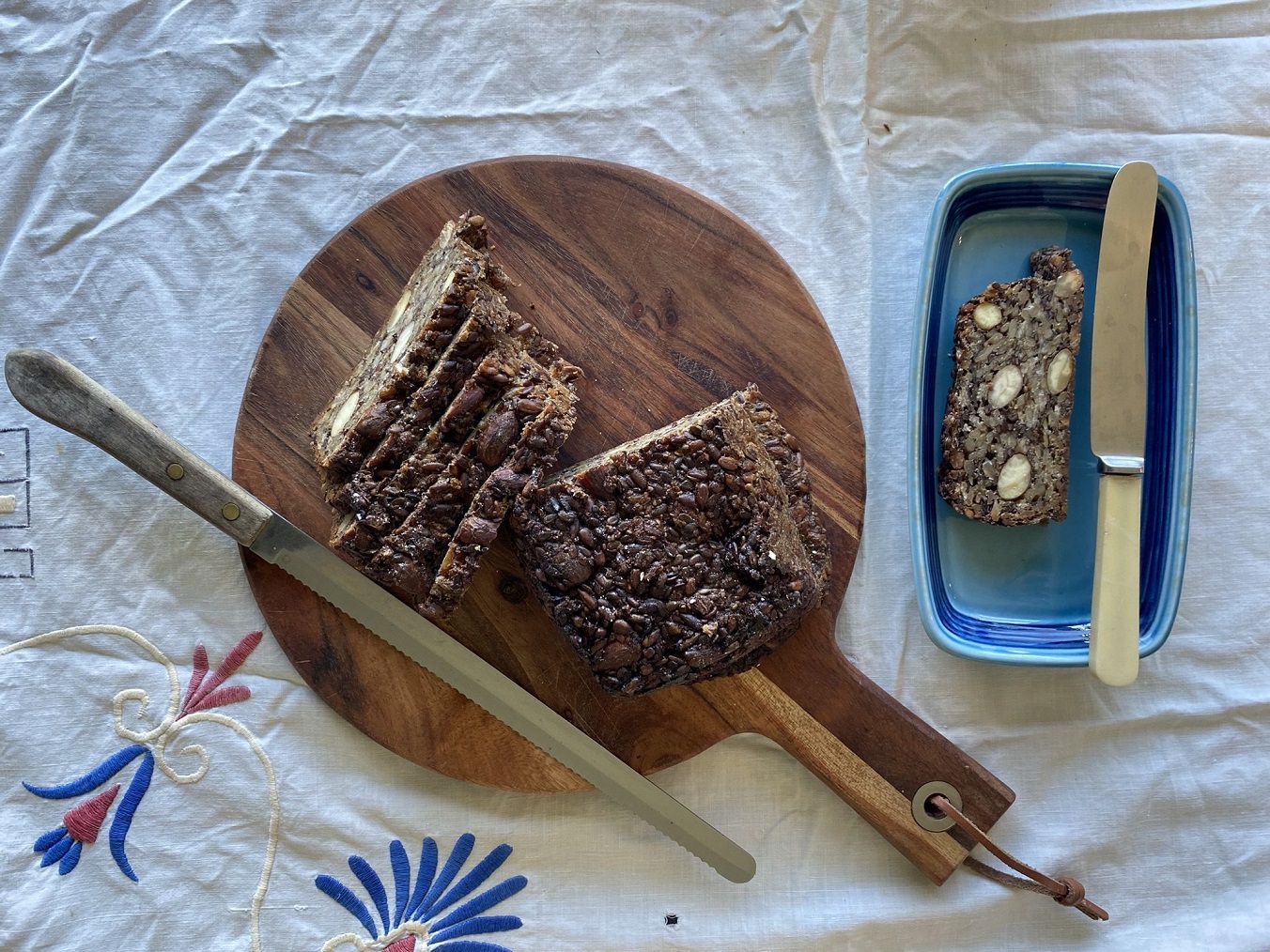 The life-changing loaf
The life-changing loaf

This loaf has no wheat flour — it is made only with oats and nuts. Note: It needs to be left for 24 hours before cooking.
Ingredients
½ cup linseed
1 cup sunflower seeds
½ cup almonds or macadamia nuts
2 Tbsp chia seeds
4 Tbsp psyllium husks
½ cup jumbo oats
½ tsp salt
1 Tbsp maple syrup or honey
3 Tbsp coconut oil
1½ cups water
Method
Mix dry ingredients in a bowl.
On low heat melt the coconut oil with the maple syrup or honey. Then add to dry ingredients along with the water. Stir well until mixture thickens.
Press into a loaf tin, cover with a clean tea towel and leave for 24 hours.
Bake in a 175°C oven for 20 minutes. Turn out of the tin and bake upside down for another 40 minutes.
Seasons - By Alison Lambert - Available for purchase now!

The Otago Daily Times and Alison have collaborated to bring you her first cookbook – Seasons.
This book is the ultimate year-round cookbook. Seasons is filled with versatile recipes designed to inspire creativity in the kitchen, offering plenty of ideas for delicious accompaniments and standout dishes that highlight the best of what each season has to offer.
$49.99 each. Purchase here.
$44.99 for ODT subscribers. Get your discount code here.



